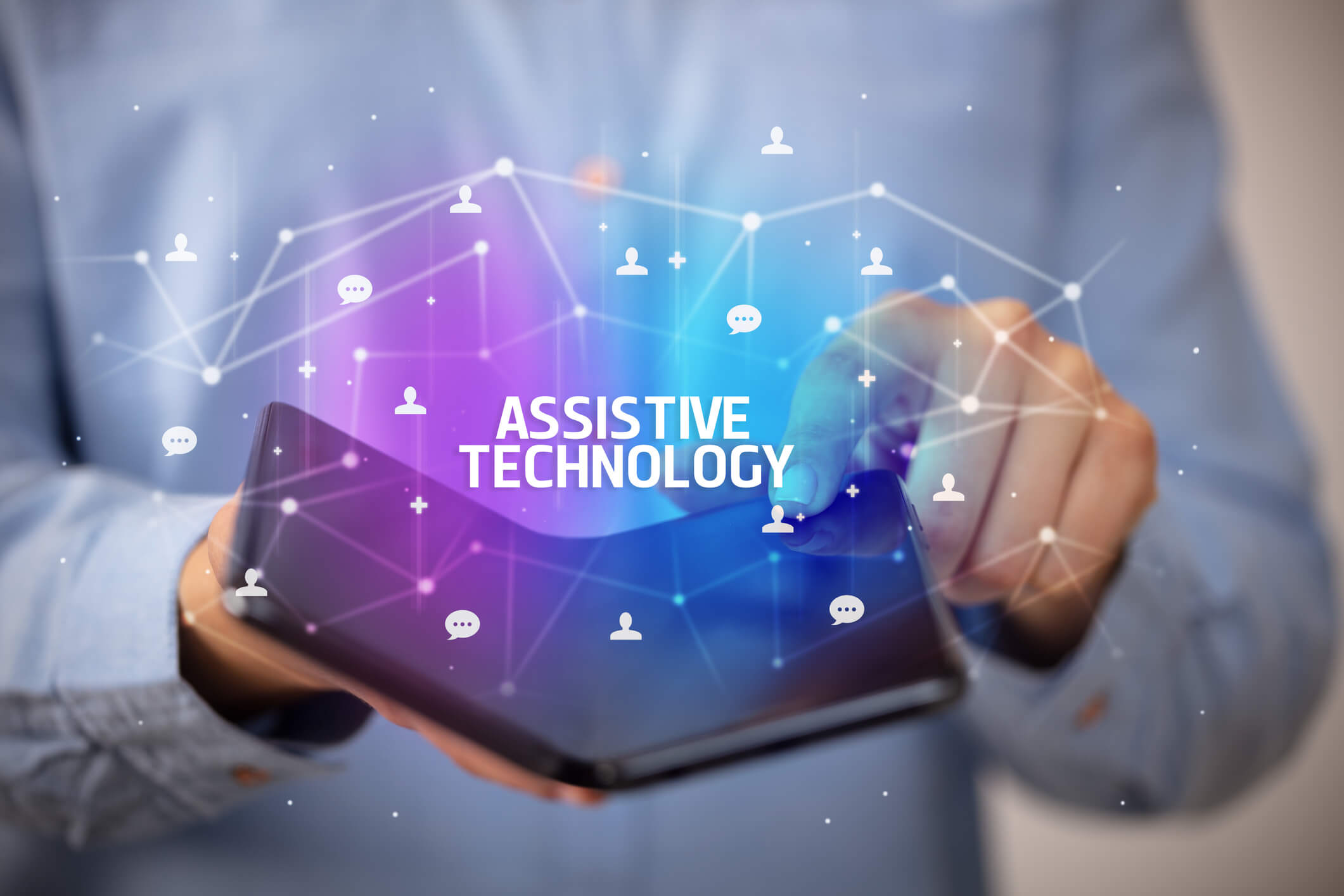Worlds Knowledge in Your Pocket.
"Share your knowledge. It is a way to achieve immortality." by Dalai Lama
Worlds Knowledge in Your Pocket.
"Share your knowledge. It is a way to achieve immortality." by Dalai Lama

Assistive Technology (AT) has come a long way in the past few years, and there are now more options than ever for students with disabilities to stay comfortable and engaged in their classrooms.
Assistive Technology plays an important role in VR. Also, Virtual Reality can transport students to different times and places, allowing them to better understand history or other cultures. Also, It can also be used for science experiments, such as exploring the inside of a cell or the solar system.
AR can be used to overlay information on top of the real world, such as providing translations or labels for objects. It can also be used for interactive games and simulations.
Wearable devices, such as smartwatches and fitness trackers, can be used to track data and provide feedback to students in real-time. They can also be used to send reminders and alerts.
Self-regulation tools, such as fidget toys and noise-canceling headphones, can also help students stay focused and calm in the classroom.
Speech-to-text software can provide a real-time transcription of lectures and discussions, which can be helpful for students who are deaf or hard of hearing.
Text-to-speech software can read text aloud, which can be helpful for students who are
Computers and software can also help students with all types of disabilities, from learning disabilities to physical disabilities.
Assistive listening devices, such as hearing aids and FM systems, can help students with hearing impairments participate in class.
Seating and positioning devices, such as wheelchair cushions and standing desks, can help students with physical disabilities stay comfortable and engaged in class.
In addition, Visual aids, such as magnifiers and LED lights. Also, Can help students with visual impairments see the blackboard and other materials.
Adaptive pencils and pens, such as grips and weighted pens. Also, Can help students with fine motor disabilities write more easily.
Paper and paper holders, such as large-print paper and slanted writing boards. Also, Can help students with visual impairments or physical disabilities write more easily.
Highlighters can also help students with visual impairments see the important parts of texts and other materials.
Keyboard overlays can help students with physical disabilities or learning disabilities use standard keyboards more easily.
Voice-recognition software can also help students with physical disabilities or communication disabilities write more easily.
Alternative keyboards, such as one-handed keyboards and ergonomic keyboards. Also, Can also help students with physical disabilities use computers more easily.
Mouth sticks can help students with physical disabilities use computers and other devices more easily.
Head pointers can help students with physical disabilities use computers and other devices more easily.
Eye-gaze systems can also help students with physical disabilities use computers and other devices more easily.
Switch-adapted products, such as switch-adapted toys and switch-adapted phones, can help students with physical disabilities use everyday products more easily.
Environmental control systems can also help students with physical disabilities operate lights and fans. Also, Other devices are more easily.
AAC apps can help students with communication disabilities communicate more easily.
Reading apps can help students with reading disabilities read more easily.
Writing apps can help students with writing disabilities write more easily.
Math apps can also help students with math disabilities understand math concepts more easily.
Science apps can help students with science disabilities understand science concepts more easily.
Social media apps can also help students with communication disabilities interact with their classmates and friends more easily.
Organization apps can also help students with all types of disabilities keep track of their assignments and tasks more easily.
Calculation apps can also help students with math disabilities do calculations more easily.
Accessibility features in operating systems, such as text-to-speech and screen-magnification. Also, Can help students with all types of disabilities use computers and other devices more easily.
Also Read: Is technology a good career path?